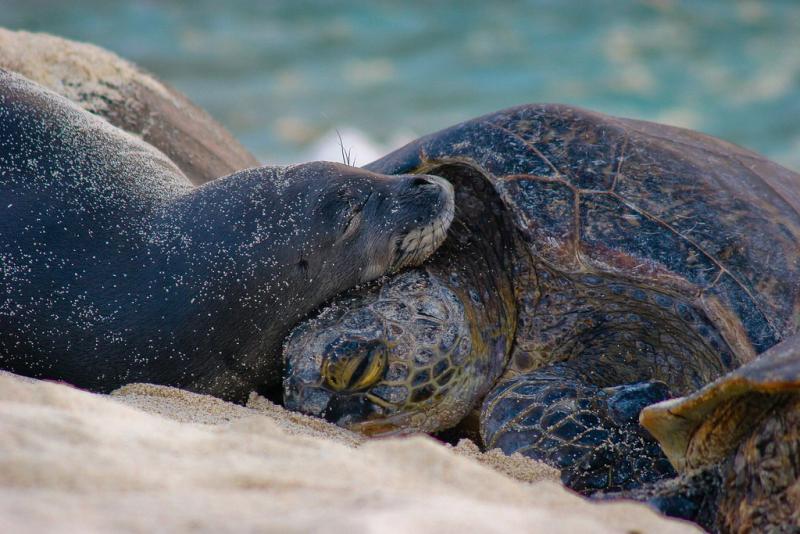The Endangered Species Act was established to conserve threatened and endangered species and their ecosystems. At NOAA Fisheries, we work to protect, conserve, and recover our nation’s marine life under the ESA. The productivity of our oceans and coastal communities depends on the health and diversity of marine species.
Our marine species possess great cultural and economic value—they matter to our way of life. NOAA Fisheries and its partners are working to recover 165 marine species listed under the ESA.
Take a look at the info below to learn more about the many ways we work to ensure endangered species are around for future generations.
Videos
Species in the Spotlight: Central California Coast Coho Salmon
Central California Coast coho make up the southern-most population of salmon in the United States, inhabiting rivers and streams north and south of San Francisco Bay. These fish are in danger of extinction, but efforts are underway to bring them back.
Learn more about Central California Coast coho salmon
NOAA Fisheries and the Endangered Species Act
Help Us Celebrate Endangered Species Week
Endangered and threatened species are important to our nation and its people in many ways, and protecting and conserving them is central to our mission. In honor of Endangered Species Day, read the interview with Donna Wieting, Director of NOAA Fisheries Office of Protected Resources, to learn about our important work.
Read the interview about endangered species
Learn more about Allison Henry's work
Jonathan Molineaux is a fisheries biologist and winner of the 2020 Science Spectrum Trailblazer Award, part of the Black Engineer of the Year Award STEM Conference. He explains how his interest in endangered species conservation began at a local pond and led to the ocean.
Learn more about Jonathan Molineaux's work
A new web-based mapping tool helps project planners better understand and limit impacts to threatened and endangered species and their habitats.
Learn more about the new web-based mapping tool
Endangered Species Day is an annual day of celebration for the public to learn about endangered and threatened species and what we can all do to help them. Some of the things you can do to help recover endangered and threatened species include:
-
Learn about endangered and threatened species in your area and the threats they face.
-
Watch wildlife responsibly. Make informed consumer decisions about wildlife tours and view marine life from a safe distance.
-
Find a restoration project in your area,volunteer for restoration projects, and take other actions to protect habitat.
-
Never purchase anything made from an endangered or threatened species.
-
Reduce the amount of pollution you generate and participate in coastal clean-up events.









